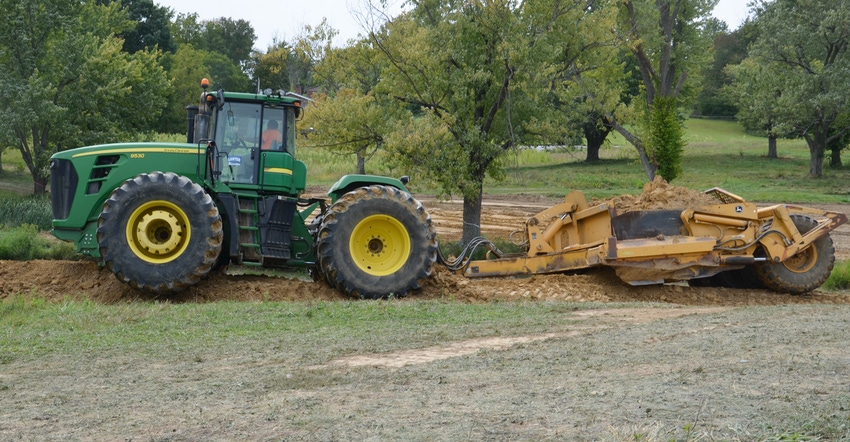March 18, 2019

Word around the statehouse is that the Indiana Association of Soil and Water Conservation Districts won’t get nearly as much money as it asked for. The group boldly requested $15 million, a figure not far from what was envisioned when Clean Water Indiana took over for T-by-2000.
Instead, the Indiana Division of Soil Conservation within the Indiana State Department of Agriculture accomplishes great things on money from the cigarette tax fund, plus an additional million dollars a year for CWI grant money.
Yes, the budget is tight. And yes, teachers deserve higher salaries.
Yet when push comes to shove, there may be other things in the budget that shouldn’t rank above allotting more funds to curb nutrient runoff and help address nonpoint water pollution. Perhaps that requires more thought.
What SWCDs accomplish
Apparently, soil and water conservation districts haven’t done as well at informing legislators as they have at making a difference for land and water quality. I recently attended the annual meeting of the Jennings County Soil and Water Conservation District in North Vernon. Here are just some amazing things they’re accomplishing.
The district is a leader in restoring pollinator habitat across the country. Through their efforts, there are hundreds of acres of pollinator plantings on farms, in city parks, on school property and even at the county fairgrounds. Andy Ertel, executive director of the district, reports they’ve given dozens of talks within the county, around the state and even around the country. These plantings support honeybees and prevent soil erosion.
The Jennings County SWCD is instrumental in the complete overhaul of an abandoned golf course within North Vernon into Tripton Park, which will open to the public later this year. Complete with a pond, trails, pollinator plantings and picnic areas, it will be a model for how an abandoned area can be turned into a useful natural resource for the community.
More examples
Jennings County SWCD isn’t the only district that engages the community in unique ways, both in urban and rural settings. Porter County SWCD recently completed a project which helped prove that failing septic systems, not livestock waste, was contaminating areas along Lake Michigan.
Boone County SWCD worked with county government to establish no-till comparison plots on unused land. Field days are held there at least twice per year.
Knox County SWCD is a leader in drawing attention to the intrinsic threat posed to woodlands by invasive species. A first-of-its-kind ordinance that goes into effect next year makes it illegal to sell more than 60 invasive plants within the county. Their effort is spurring interest in controlling invasive species statewide.
Is every SWCD accomplishing great things? Maybe not, but most are, and many with limited or no county government funding.
Money the Indiana Association of Soil and Water Conservation Districts requested would have greatly enhanced access to funds for these districts. Perhaps more money requested for districts could be tied to each district developing a detailed budget to show how the money would be used to help advance conservation.
Shouldn’t we invest tax dollars with people who have a proven track record of making things happen? It’s way past time Indiana provide at least as much state funding for soil conservation as neighboring states. Here’s hoping the legislators reconsider before the final budget is approved.
You May Also Like




